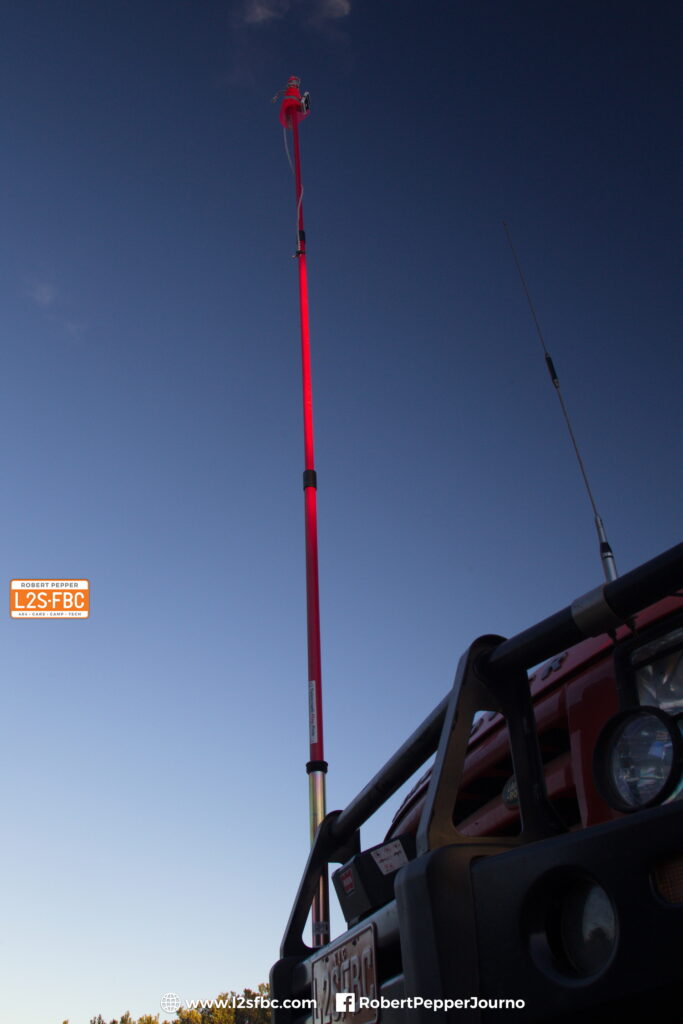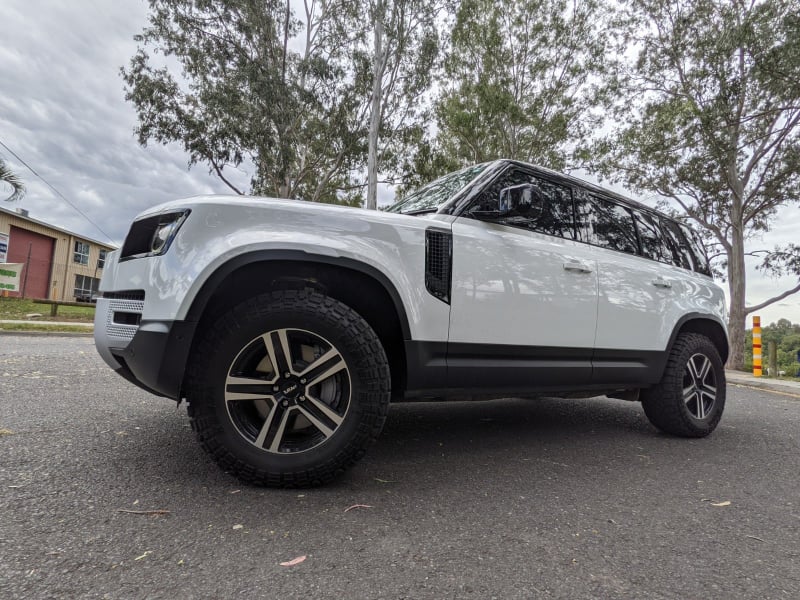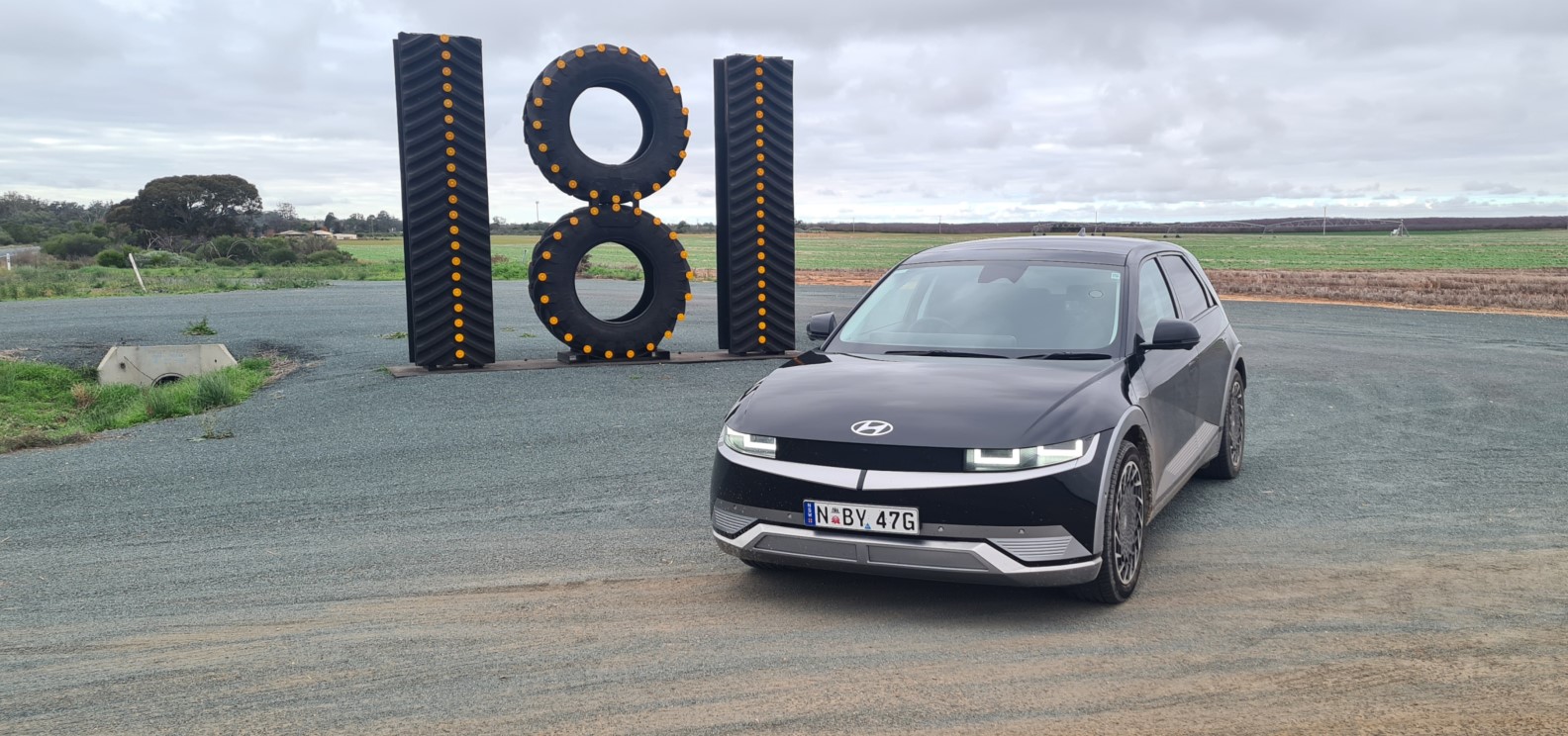Why the ‘leave a location voicemail’ is a bad idea
This bit of advice is rapidly circulating the Internet, and it really shouldn’t be:

Why this advice is bad
In brief; if you have phone signal, send a text message for help to your friends, or if dire, call 112. Don’t waste time and battery power on changing your own voicemail which is a very passive and ineffective way to deal with an emergency. It may be some time before your message is listened to, and the information in the message may be garbled.
The idea of letting people know where you are when you’re travelling remotely is a good basic principle, but there are better ways than changing your voicemail. And of course do not rely on phone signal for help if you are travelling remotely.
So in no particular order:
Phone battery conservation
If you are remote, or have a phone which is running out if life, a text message will take far less power than a voice message and require less signal strength. It also is easy to send the same message to multiple people for no extra battery life, unlike calling multiple people.
Also, instantly set your phone to battery-conservation power settings, and then to flight mode. In remote areas, the phone tries really hard to maintain a connection, which sucks down the battery compared to suburban areas where it is easy to maintain a signal. Flight mode massively reduces the battery drain. So flight mode on if you know you won’t be using it for a while, or switch the phone off. Also kill unecessary apps, and reduce the screen backlight as that’s a huge current draw, and kill Bluetooth.
Another tip; disable data unless needed for short bursts, as you don’t need data for voice, or for SMS messages. You can leave location (GPS) on as that’s passive and takes little battery power, isn’t Internet-dependent, and is generally useful if you are in trouble and need help. Also keep the phone warm-ish, as cold batteries deplete rapidly.
You can carry a small solar panel to power or recharge a phone, but it needs to be a lot bigger than one of those power packs with a built-in solar panel. Your phone will also charge quicker when it’s turned off.
Phone reception and message quality
A phone needs very little signal to send an SMS, but a much greater signal, and for a longer period of time to send a voice message. When you are remote the difference could easily be life and death. Also, a phone will, for a period of time, keep trying to send an SMS after you hit send…but with a voice message, you either can make the message at the time, or not.
It’s much harder to record a coherent, intelligble voice message than to write and send a text. Imagine it is windy, wet, you’re under stress as you don’t have a lot of phone battery life left…your voice message may sound fine to you, but you have no idea how it will sound to the other person – critical information could be garbled.
A text message can be read and checked before sending. It is also easy to forward, unlike a voicemail. If you are sending critical information it is FAR better to type it and check it than say it…the phonetic alphabet exists for a reason, and even that’s not fail-safe. You should be sending coordinattes (either lat/long or UTM), sometimes incorrectly known as “GPS coordinations” and these are best typed and checked. There are apps which do not rely on mobile data which give your location, handy to take with you, but in addition to coordinates, always describe your location e.g. “about 2hrs/10km down XXX track” as just one digit wrong on coordinates could make a massive difference.
Avoid screenshots as these take more signal/bandwidth to send than a pure text message, and require a data connection, unlike a text-only SMS. And compose your message with your phone in flight mode, then connect to your network and send…but, if you need to know your location, enable location (GPS) while in flight mode.
Voice message relevance in 2021
Increasingly, we message people not call, and when we do call, it’s often Zoom, Messenger, WhatsApp. So, your conventional voicemail message may well go undiscovered for some hours or days…and that could make a critical difference. I can’t actually remember the last time I heard a friend’s voicemail message, and if I did, I may well hang up before I heard anything significant and send them a message as typically people respond quicker to text messages than voicemails. For example, for many years my own voicemail message has been “don’t leave a message, send me a text if you want a quick response”. So expecting people to figure out you’re in trouble by means of your own voicemail message is a bit silly, just send them a message!
What you should do
Follow standard remote-area safety prototcols – there are many good guides, but in brief:
- be well prepared for problems (so many books on this, like mine!);
- let someone know your plans and when to raise the alarm;
- take multiples of things like maps, navigation equipment;
- take extra supplies, most critically of water as you can survive a long time without food;
- consider emergency commmunications, for example a locator beacon – usually a PLB, (Personal Locator Beacon) as shown in the title image of this post. These are sometimes incorrectly called EPIRBs whic are also beacons, but for marine use. There are also satphones, sat messengers…options are discussed in the video below.
- if the worst happens, take a break, don’t panic, focus on shelter, water, then food;
- stay with your vehicle which is much easier to find that a human.
Useful notes
SMS vs Internet-based messaging e.g. WhatsApp, FB Messenger
The SMS system doesn’t rely on Internet access and therefore has, in my experience of remote travel, a higher chance of getting through in patchy coverage than an Internet-based messaging systems which rely on mobile Internet data such as WhatsApp, Insta, Messenger etc. Yes, these days SMS messages may look much the same as other messages, but the underlying technology is different and that’s important.
112/000/911 & emergency numbers
You can pick up any mobile and dial 112 with it almost anywhere in the world and get through to that country’s equivalent of 000. In Australia, the law is that the mobile doesn’t need to be unlocked for emergency calls, and it doesn’t even need a SIM card, so you can pick up anyone else’s mobile and just use it. The phone will also use any network it is capable of using, whether you have paid for it or not. Note ‘capable of’ which means technically able to use, as not all phones have the hardware to connect to every network. And, 112 works in almost every country, so you don’t need to remember whether it’s 000, 911, 999 or whatever else.
Mobiles and satphones
Let me be really clear; your mobile phone will NOT use satellites in the event it cannot get a signal. Literally impossible, it doesn’t have the hardware. The only exception to this is specialist satphone sleeves, or of course satphones. So, do NOT rely on that feature as it doesn’t exist. I have, sadly, been told this by the CFA, ADF and the police. It’s still wrong.
Location and 000
Modern phones can automatically transmit your location to 000 operators. Explained in the video below.
“Height is might” – a radio op’s saying

Lacking reception? Go high. Climb a hill. Stand on a rock. Even tying your phone to a stick and holding it aloft might work, might get that tiny bit of reception required to send or receive an SMS – compose your message in flight mode, disable flight mode, hoist phone, wait for message to send, bring phone down, flight mode on and process messages. You will also find that phone reception will vary over time due to atmospheric conditions, so keep trying.
The photo shows a Telstra modem tied to the sand flag on my 4X4. This lifted the modem about 4m off the ground, and meant it was able to find reception and act as a wi-fi hotspot. Now you can debate the merits of disturbing an Internet-free campsite with social media, but if you want to message people, that’s one way. Note that this provides Internet data access only, not SMS/voice. If you want to speak to someone you could however use WhatsApp, Messenger etc. Using a modem means the modem can go high, and the phone stays in your hand….it’s hard to balance on the top of a sand flag and check your messages.
Another way to get your phone high to to use a drone!
Is 112 being discouraged?
No, it isn’t. My readers are likely to travel internationally, it’s one number to remember for most (not all) countries. For example, Americans dialling 911 won’t get through to 000 in Australia. Source – TripleZero.com.au.
Are there any emergency comms apps?
Yes, Emergency+ in Australia. Download BEFORE you leave when you still have good signal. Please note it requires mobile phone coverage to talk to 000 operators – again, no magic satellite connection!
Want to know more?
The video below is about Starlink but the first 7-8 minutes cover remote-area comms options.
And if you drive a car without a spare tyre, here’s one way to ensure a flat tyre doesn’t necessarily leave you stranded:



1 Comment
by Jim S.
There is so much good information here. Many thanks!